Eight Technology Devices Made For the Hard of Hearing
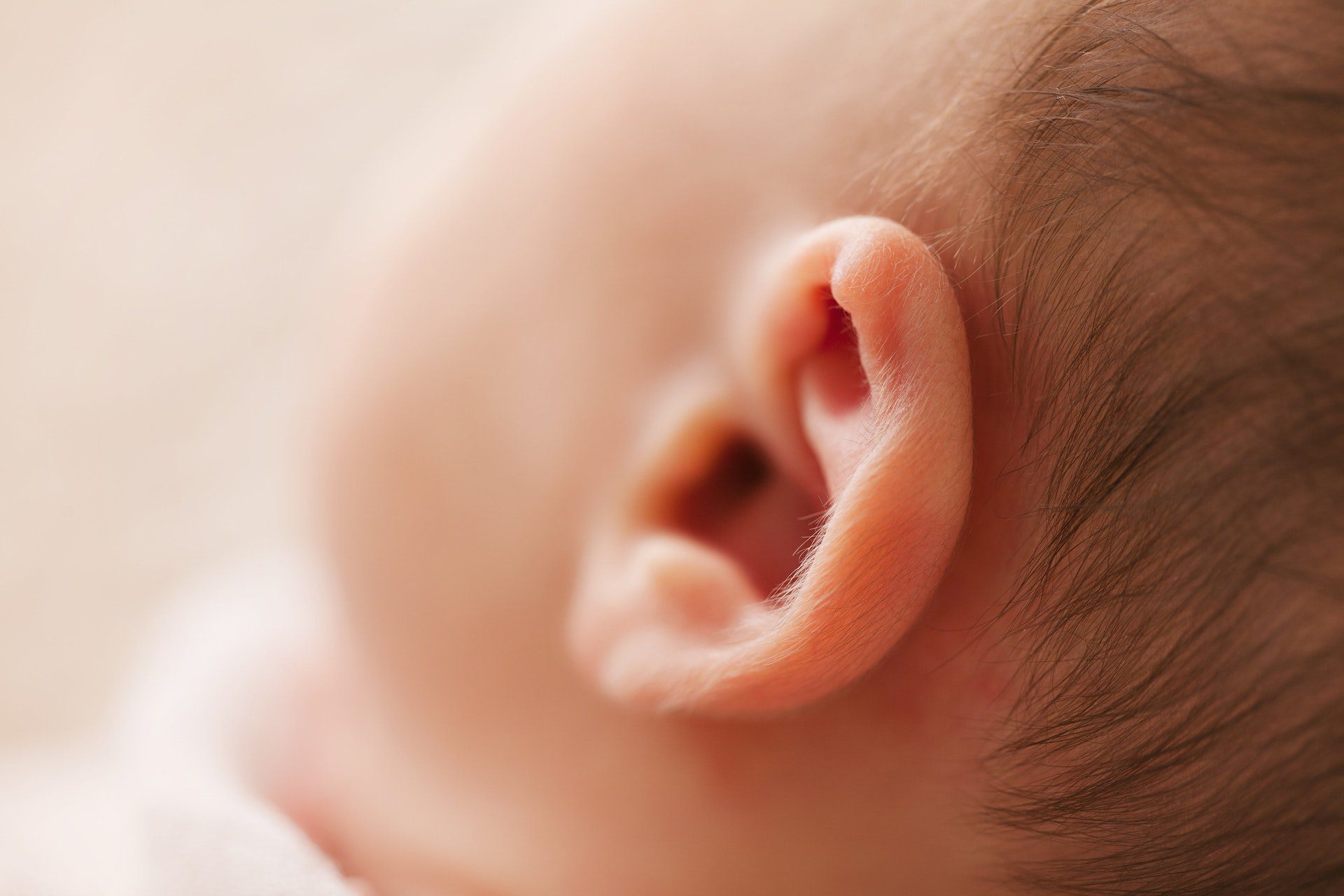
Back in the day, people with hearing loss extensively relied on others for their security. People with hard of hearing (HOH) problems sought assistance from others to connect with the rest of the world. As time passed by, there have been some rapid changes in technology, and technology devices made for the deaf are no exception. These devices, equipped with the latest technology, have made people’s lives an easier affair.
For situations like these, technology devices come to one’s rescue by improving their ability to communicate better and to act in an independent way in spite of the hearing problem.
Let’s talk about eight devices that do wonders in making it possible for the deaf to carry out their day-to-day life functions without hassles.
1. Smart Gloves

What can we say about Smart Gloves? One of the most incredible devices for hard of hearing and deaf people was developed by researchers from the University of California San Diego. These smart gloves automatically translate American Sign Language (ASL) into digital text. The text appears on a device like a smartphone or computer. These devices require no camera and don’t cost an arm and a leg.
All a person has to do is simply sign out letters in the ASL alphabet. These letters are then recognized due to differences in electrical resistance. Smart gloves are regarded as the most competitively priced solution to a problem people find it hard to overcome.
“The Language of Glove” is the best example of smart gloves for the deaf. It’s a great device that was built with the help of printable electronics which are not only competitively priced but easy to assemble.
2. Solar Ears
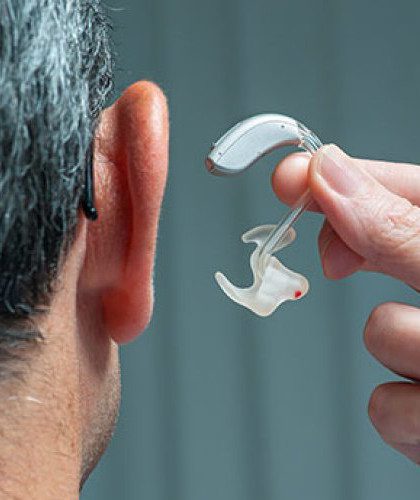
What if we told you that there were 400 million people around the world suffering from hearing loss? Of these, more than half are living in countries that don’t have higher levels of income when compared to a country like the United States. That’s exactly where the problem arises. People in underdeveloped countries find it hard to afford devices and batteries.
Solar ears, as the name indicates, is a hearing aid which is powered by solar energy. You don’t have to worry about running out of juice as their batteries are designed to last 2-3 years when compared to a traditional battery not lasting more than 7-10 days. Moreover, these devices can be bought at dirt-cheap prices. Can it get any better?
While there are several solar ear devices available, “Hearing Aid BW-265” is one such device that comes equipped with a body-worn attractive design. With an independent (adjustable) volume for each ear, you cannot go wrong with this incredible piece. Now make the most of only one hearing instrument for both ears. Can it get any better?
3. Brainwave-Reading Hearing Aid
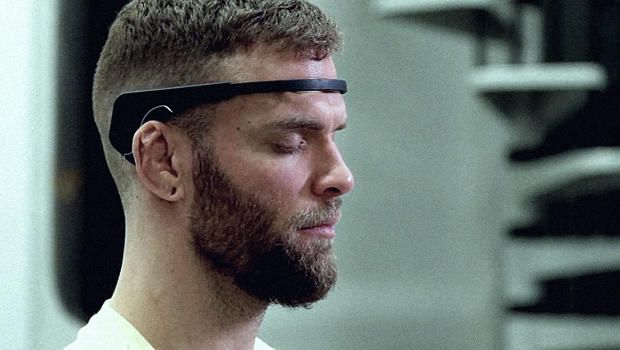
Picture this, a hearing aid is working out in the most favorable manner which sounds you are attempting to focus on. It enlarges the audio and quiets down everything else. Researchers from Columbia University School of Engineering and Applied Science have been working their way out with an all-new cognitive hearing aid. This has been designed for wearers helping them to improve their ability to communicate and hear better in jam-packed rooms.
The functioning of this device depends on the activity being monitored by the user’s brain. Then it makes use of a deep nervous network to decipher which speaker’s voice the listener is focusing on.
With different styles available in hearing aids, select “Mini” BTE or “on-the-ear” device. This is a great device that can be fitted behind or on the ear but is small in size. Not only does it reduce sensations in one’s ear canal, it also increases the comfort level.
4. Alarm Clocks

There’s no denying that a standard alarm clock can pose a challenge to people with a hearing problems. Considering this, some alarm clocks have been specially designed for such people affected by the loss of hearing. These alarms can wake up a deaf or hard of hearing (HOH) person by flashing a light or creating a vibration.
With a plethora of alarm clocks available, you may be spoilt for choice. But if you really are looking for the most effective one, go for “Sonic Bomb”. It has been specially designed to wake up even the inmost of sleepers. This device is an ideal fit for anyone with the slightest hearing problem.
5. Aria Bracelet
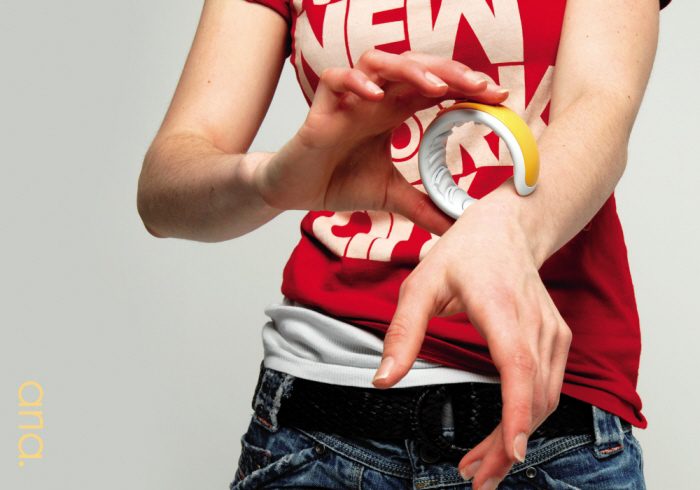
One of the most amazing devices wrapped with technology is Aria Bracelet. Science and technology go hand in hand as their goal is to make one’s life worth living. That’s where the role of the finest product by May Wilson comes in.
A tech bracelet by nature, Aria makes it easy for deaf people to interact with their surroundings without problems. This is a great device that informs the wearer of various things with sensations on their skin.
It comes equipped with rubber feelers that cause tickles to the wearer’s wrist as soon as it recognizes a sound in the house which can be a fire alarm, doorbell, telephone, and so on.
6. Babel Fish Glasses
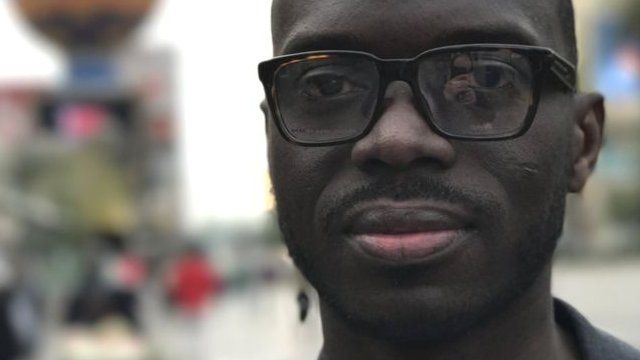
This device has the capability to change one’s life completely. The purpose of Babel Fisk glasses is to convert speech to text which is then flashed on the glasses. Truly one of a kind, this fabulous device literally spells out all that is uttered by the other person, in real-time.
The microphones placed within the glasses’ frames can easily pick up the speech of anyone who’s within sight of the person with a hearing problem. Need we say more?
7. Translating Hearing Aids
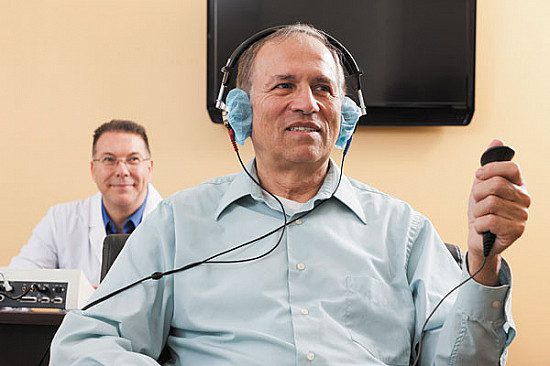
This device lets people who’re deaf or with a hearing problem have other individual’s voices piped straight into their ear. The technology has taken a U-turn for the better. How does it feel to know that the device could carry out a little computational magic, and make use of machine translation to say, transform a native French speaker’s words into English? That is one of the most exceptional technologies bound to find the way to top-notch hearing aids for many years to come.
8. Cameras that Can Convert Signing
What do you think about the robot which can convert speech into sign language? Of course, it does a good job. But have you thought about what you would need to convert sign language into text or voice, and voice into text or sign language, and that too in real-time? You will need technology for complete oral communication to take place.
A Dallas-based start-up known as KinTrans has come up with a device. Using a 3D camera and microphone, it can easily figure out what’s being said or signed. It then translates the matter rapidly with precision making it easy for the other party to understand.

With a plethora of options available these days, these devices are not only effective and versatile but made of superior quality. There are times when hearing aids don’t seem enough in situations when one is conversing while driving a car, talking in a loud restaurant, or any other situation in which one’s hearing is getting hampered. Not only are these situations annoying, but they can also be fearsome as well for a person having a hard time hearing. Thus, you need a device that can serve you better making your life uncomplicated when it comes to hearing.
Devices made for hard of hearing and deaf people FAQs
[sc_fs_multi_faq headline-0=”h3″ question-0=”What are the technologies for hard of hearing?” answer-0=”There are several technologies available for individuals who are hard of hearing. Some common technologies include hearing aids, cochlear implants, assistive listening devices, and captioning systems. These technologies aim to enhance sound perception, communication, and accessibility for people with hearing loss.” image-0=”” headline-1=”h3″ question-1=”What are some technological devices for deaf people?” answer-1=”Technological devices designed specifically for deaf people include text telephones (TTYs), video relay services (VRS), video phones, alerting devices, and vibrating alarm clocks. These devices facilitate communication and provide visual or tactile notifications to ensure accessibility and safety for deaf individuals.” image-1=”” headline-2=”h3″ question-2=”What inventions were made for deaf and hard of hearing?” answer-2=”Several inventions have been made to cater to the needs of deaf and hard of hearing individuals. Some notable inventions include the telephone amplifier, which enhances sound for individuals with hearing loss; the teletypewriter (TTY), allowing typed conversations over phone lines; the cochlear implant, a surgically implanted device that stimulates the auditory nerve; and captioning systems, which provide text display of spoken words in various settings such as TV programs, movies, and live events. These inventions have significantly improved communication and accessibility for the deaf and hard of hearing community.” image-2=”” count=”3″ html=”true” css_class=””]




